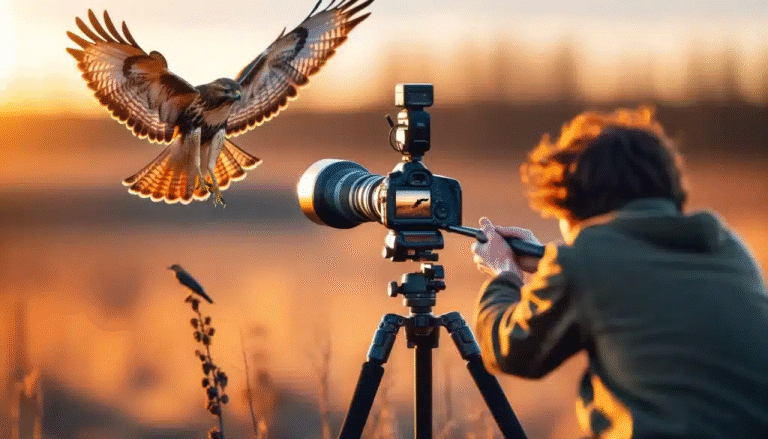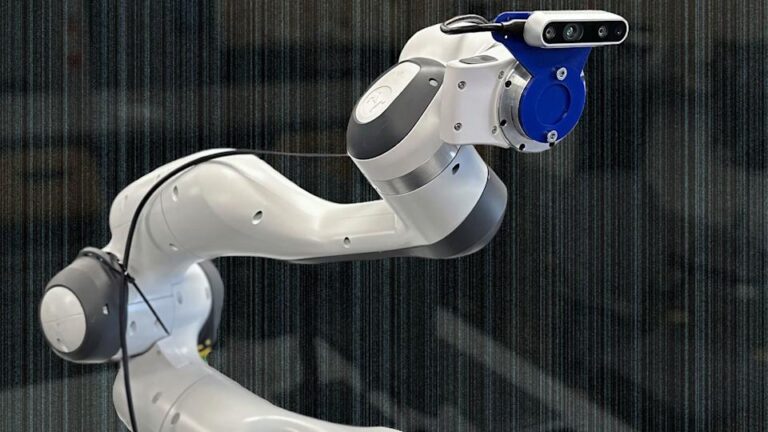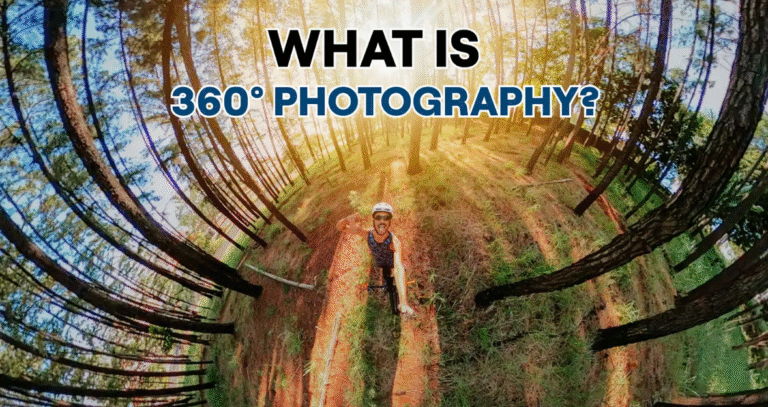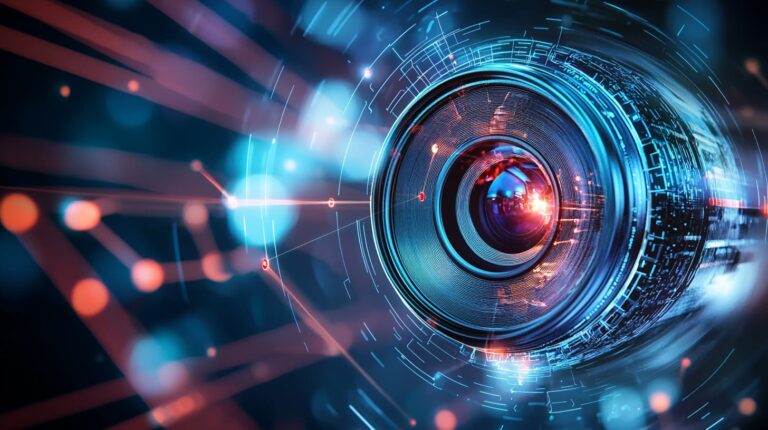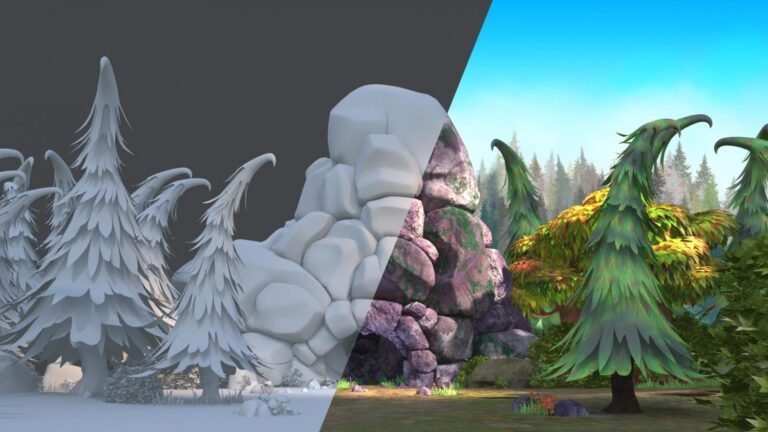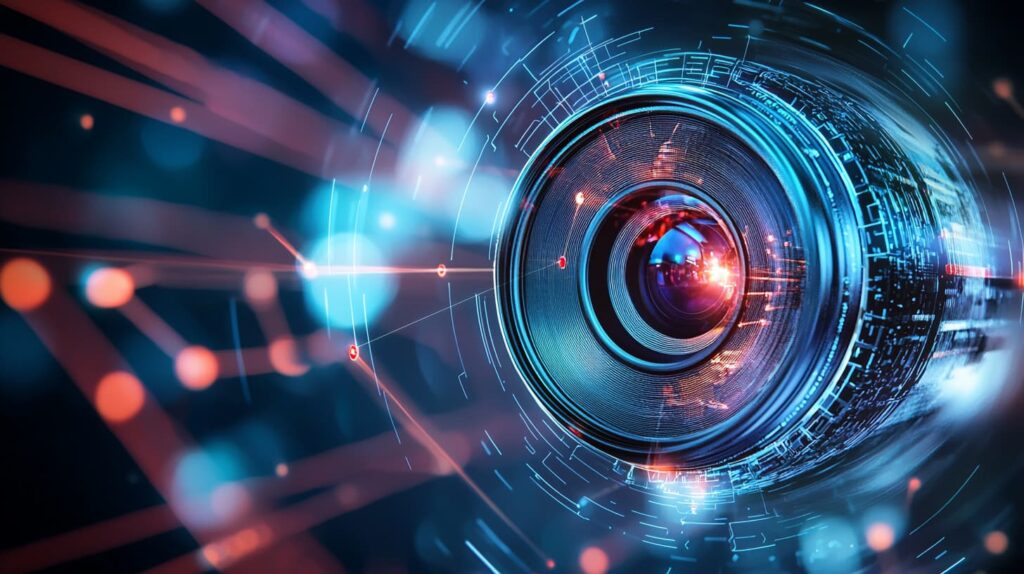
Artificial Intelligence (AI) is revolutionizing contemporary photography with its exciting and potent changes. From image capture to image editing and sharing, AI is rendering the whole photography process quicker, wiser, and more artistic. Nowadays, professional photographers as well as amateur photography enthusiasts are leveraging AI tools to enhance quality, save time, and explore new areas of artistic creativity.
One of the biggest sectors where AI is having an impact is camera technology. Newer smartphones and digital cameras have AI-driven features that automatically set exposure, focus, and white balance. These intelligent systems scan scenes in the real-time, recognizing faces, objects, and lighting conditions in order to take the best possible picture. Consequently, even amateurs can shoot great photos with minimal effort.
AI is also revolutionizing photo editing. Adobe Photoshop, Lightroom, and Luminar Neo are among the applications employing AI to expedite editing operations that previously consumed hours. AI can brighten colors, eliminate blemishes, sharpen details, and even swap out skies with a single click. Object removal, background blur, and style transfer are now simpler than ever before, courtesy of machine learning models designed to comprehend and edit images wisely.
Another innovation is in facial recognition and enhancement. AI is capable of recognizing and enhancing faces in portraits by adjusting skin tones, lighting, and facial expressions without over-editing. This is extensively utilized in beauty applications and professional portrait editing. AI is even capable of correcting lens distortions or repairing blurry images by inpainting missing details, revitalizing old or low-quality images.
AI-driven filters and effects also provide more creative freedom for photographers. Applications such as Prisma and Lensa use AI to impose artistic effects, converting a photo to a painting or illustration. These were once effects reserved for sophisticated editing skills but can be achieved with a tap. This assists artists and social media producers with creating special visuals in a hurry.
A second domain of change is photo management and organization. AI assists photographers in sorting and managing thousands of images based on identifying people, places, and objects. Google Photos, for instance, utilizes AI to organize similar photos together, identify faces, and recommend edits or highlights. This facilitates the ease of use and management of photo libraries.
AI also enables real-time translation and augmented reality (AR) capabilities in camera apps. People can hold their phone up to signs, menus, or paintings and get translated text or virtual information superimposed on the photo. It is particularly valuable for travel, learning, and interactive experiences.
Conclusion
AI is changing modern photography in ways previously unimaginable. From automatic editing and intelligent organization to creative effects and smart cameras, AI technology is democratizing photography, streamlining the process, and making it more creative. As this technology evolves, photographers will be spending less time on technicalities and more on creativity and storytelling. AI is not taking over photographers, it’s becoming an indispensable collaborator in the creative process, providing new possibilities for expression and quality in the field of visual art.
